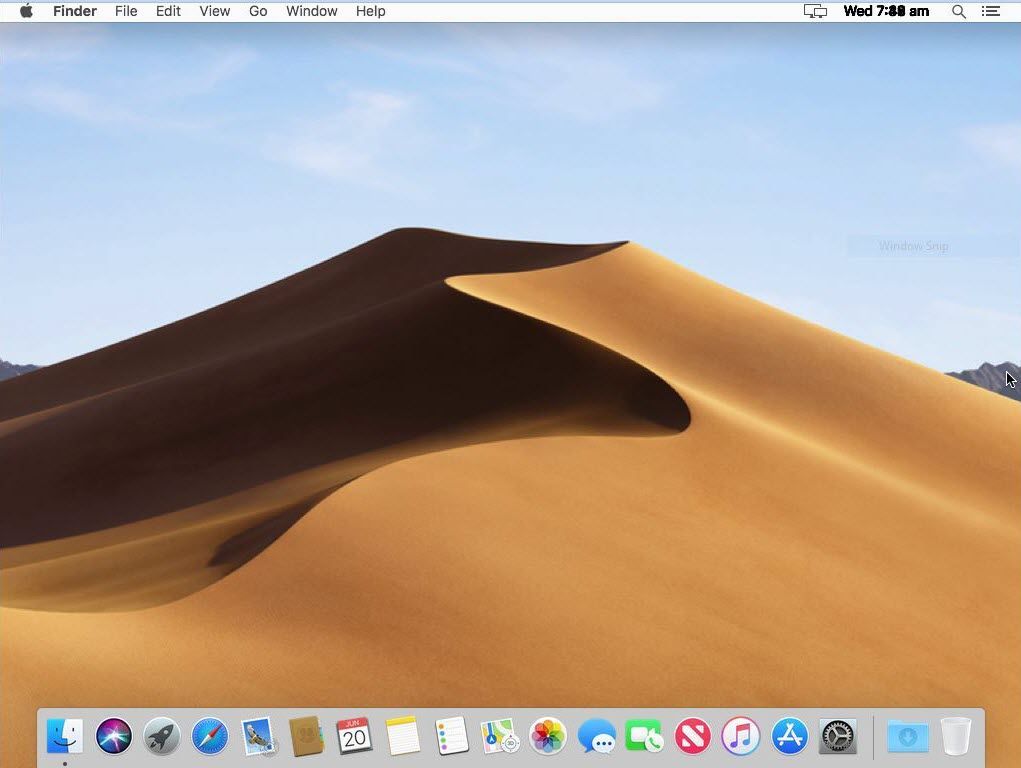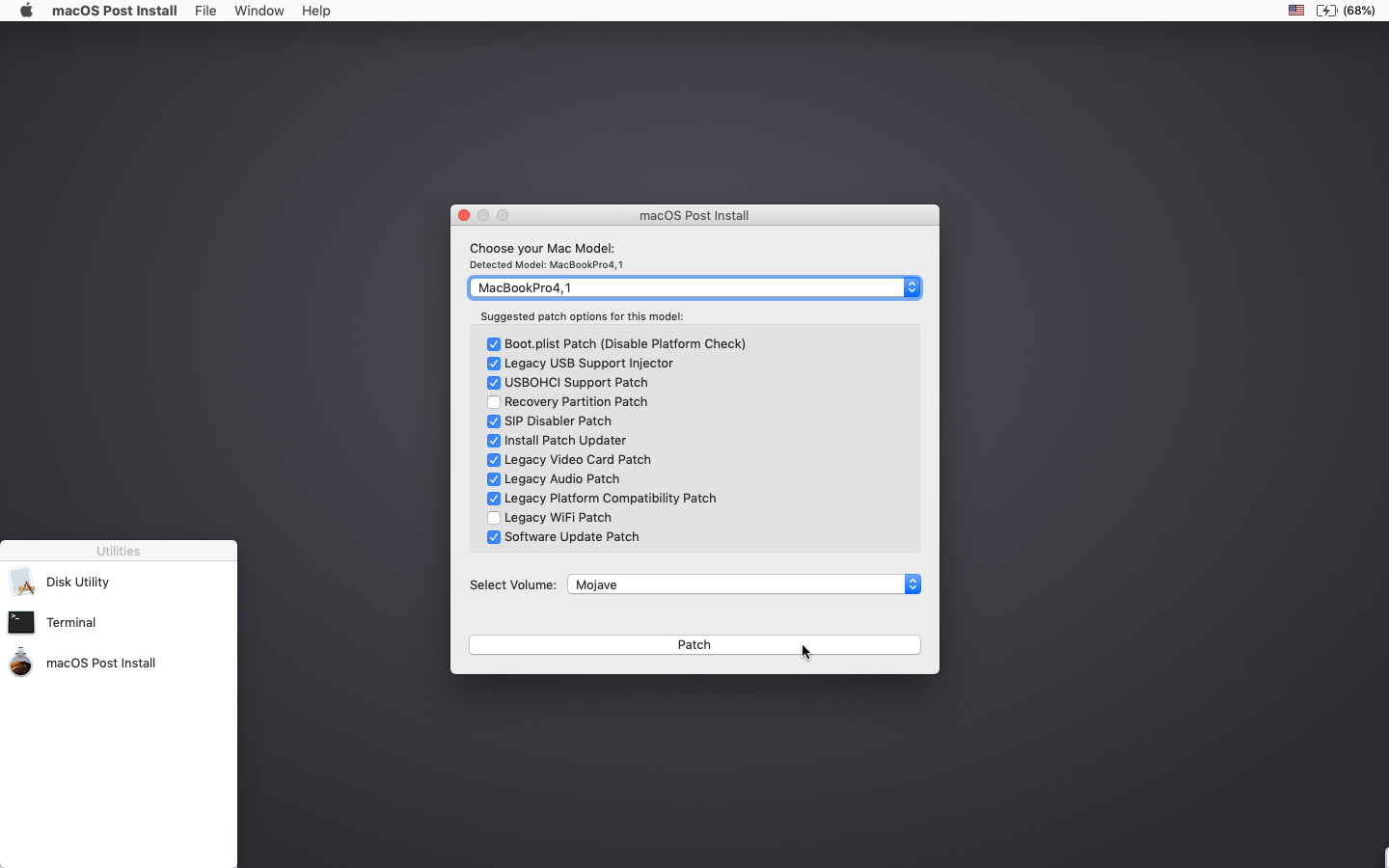


- #DOWNLOAD MAC OS MOJAVE USB INSTALLER HOW TO#
- #DOWNLOAD MAC OS MOJAVE USB INSTALLER INSTALL#
- #DOWNLOAD MAC OS MOJAVE USB INSTALLER ISO#
#DOWNLOAD MAC OS MOJAVE USB INSTALLER HOW TO#
How To Create a Bootable macOS Mojave USB Installer Disk
#DOWNLOAD MAC OS MOJAVE USB INSTALLER INSTALL#
Backup everything before you proceed to install Mojave on your MacBook or MacBook Pro.If you need to buy one, my recommendation would be this SanDisk USB drive. A slow USB drive will slow down the overall process by a considerable margin. Use a fast USB drive with at least 16GB of free storage space.Make sure the Mac that you want to install macOS Mojave on is compatible with the OS.


Things to Knowīefore you jump to the steps below, here are a few things you should know: Nonetheless, if you are looking to create a macOS Mojave USB installer, follow the steps below. If you are someone who frequently troubleshoots Macs for your friends or family, a USB installer is always good to have.įor now, Apple has only released the developer beta of macOS Mojave so only advanced users and developers have access to it.
#DOWNLOAD MAC OS MOJAVE USB INSTALLER ISO#
Now you can copy the iso file to a USB disk to install it on a virtual machine.Looking to install macOS Mojave on your Mac? While you can always directly install Mojave on your Mac after downloading it from Apple, I will recommend a clean install as it also makes for a good excuse for cleaning all the junk files on your device.Rename the created file to MoJave.iso and move it to the desktop.$ hdiutil convert /tmp/ -format UDTO -o /tmp/MoJave.iso Now you can use hdiutil convert command to convert the above image to the iso file that you want.$ hdiutil detach /Volumes/macOS\ Base\ System/ Unmount the temporary image use hdiutil detach command.$ asr restore -source /Applications/Install\ macOS\ Mojave.app/Contents/SharedSupport/BaseSystem.dmg -target /Volumes/install_build -noprompt -noverify -erase Restore the installer’s BaseSystem.dmg to the above mounted-image use asr restore command.$ hdiutil attach /tmp/ -noverify -nobrowse -mountpoint /Volumes/install_build Mount above blank temporary image to the installer volume use hdiutil attach command.$ hdiutil create -o /tmp/MoJave.cdr -size 7316m -layout SPUD -fs HFS+J Open a terminal and run the hdiutil create command to create a blank temporary disk image.Create macOS Mojave Installer ISO File.Īfter download the macOS Mojave installer, it is time to create the iso file for it. Applications/Install macOS Mojave.app/Contents/SharedSupport 2. $ cd /Applications/Install\ macOS\ Mojave.app/Contents/SharedSupport/ You can also goto the above directory in a terminal use the cd command to verify the folder is exist.This file will be used to create the iso file later. You will also see the SharedSupport folder and BaseSystem.dmg file. Right-click Install macOS Mojave application in Finder, then click Show Package Contents menu item in the popup menu list to list the Contents folder of Install macOS Mojave application.The installer file will be saved in the Applications folder, and the installer name is Install macOS Mojave.After download, the macOS Mojave installer dialog will be prompt, just click the menu item Install macOS Mojave -> Quit Install macOS to quit the install dialog.Click the download icon ( cloud icon ) in the right panel to download the macOS Mojave installer.Then search the keyword Mojave in the left search text box.


 0 kommentar(er)
0 kommentar(er)
